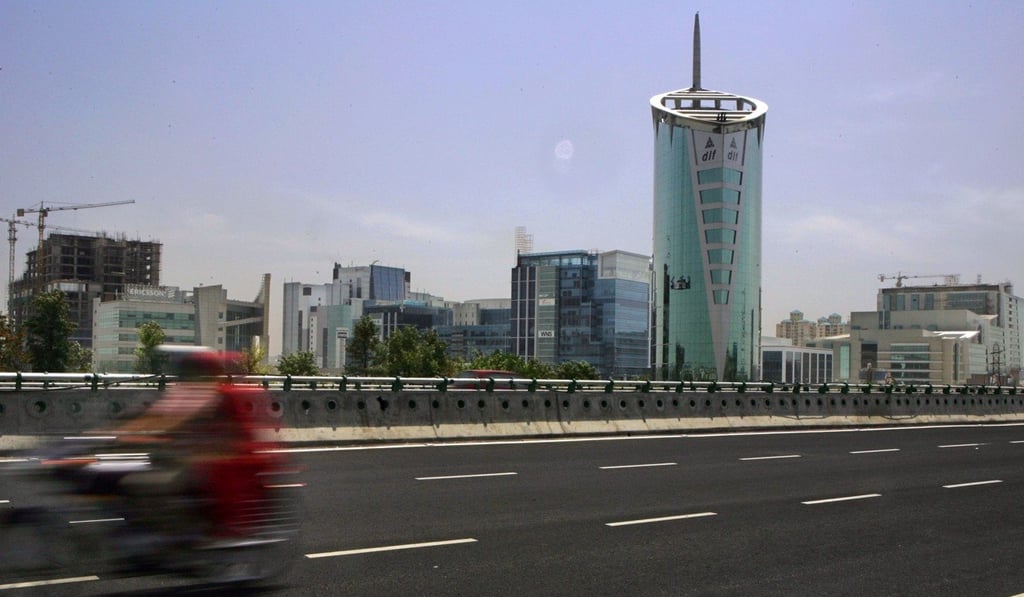Asian Angle | As old values die, how will India’s new Modi-loving middle class shape the future?
They’re young, suspicious of English speakers, pro-Hindu, disdainful of traditional media, leery of the concepts of equality that once governed Indian political and social thinking – and their numbers are growing

For several decades now, Indian governments have been obsessed with the idea of a middle class. In the 1970s, bureaucrats would tell foreign journalists that the Indian middle class numbered as much as the entire population of a European country. In 1985, Mani Shankar Aiyar, media adviser to the then-prime minister, Rajiv Gandhi, told The Washington Post that India had a middle class of 100 million. By the 1990s, figures of 200 million were being offered up.
In reality, till the late 1990s, the Indian middle class constituted only a tiny space at the top of the population pyramid. There were businessmen and traders but the bulk of the traditional middle class consisted of salaried employees or professionals. There was a broad (and politically incorrect) distinction between the upper middle class and the rest of the middle class and it revolved around the English language.
The upper middle class had been educated in English. It spoke the language well, read English-language newspapers and used Western cultural reference points. The lower middle class usually did not speak English that well but recognised that it was the only language that mattered in the workplace.
When it came to politics, however, both levels of the middle class were broadly aligned. India had been created as a liberal democracy where all religions were equal and caste was an evil whose worst manifestations had to be curbed or even, stamped out.
It is possible this middle-class consensus would have survived into the 21st century had three significant developments not taken place in the 1990s. The first was the economic liberalisation of 1991. Not only were socialist controls lifted, but India chose to become part of the global economy, inviting foreign companies to open branches and flood the once-barren market with consumer goods.
The second was the growth of satellite television. Till the satellite channels started beaming to India, there was only the state-owned and rigidly controlled Doordarshan network.


